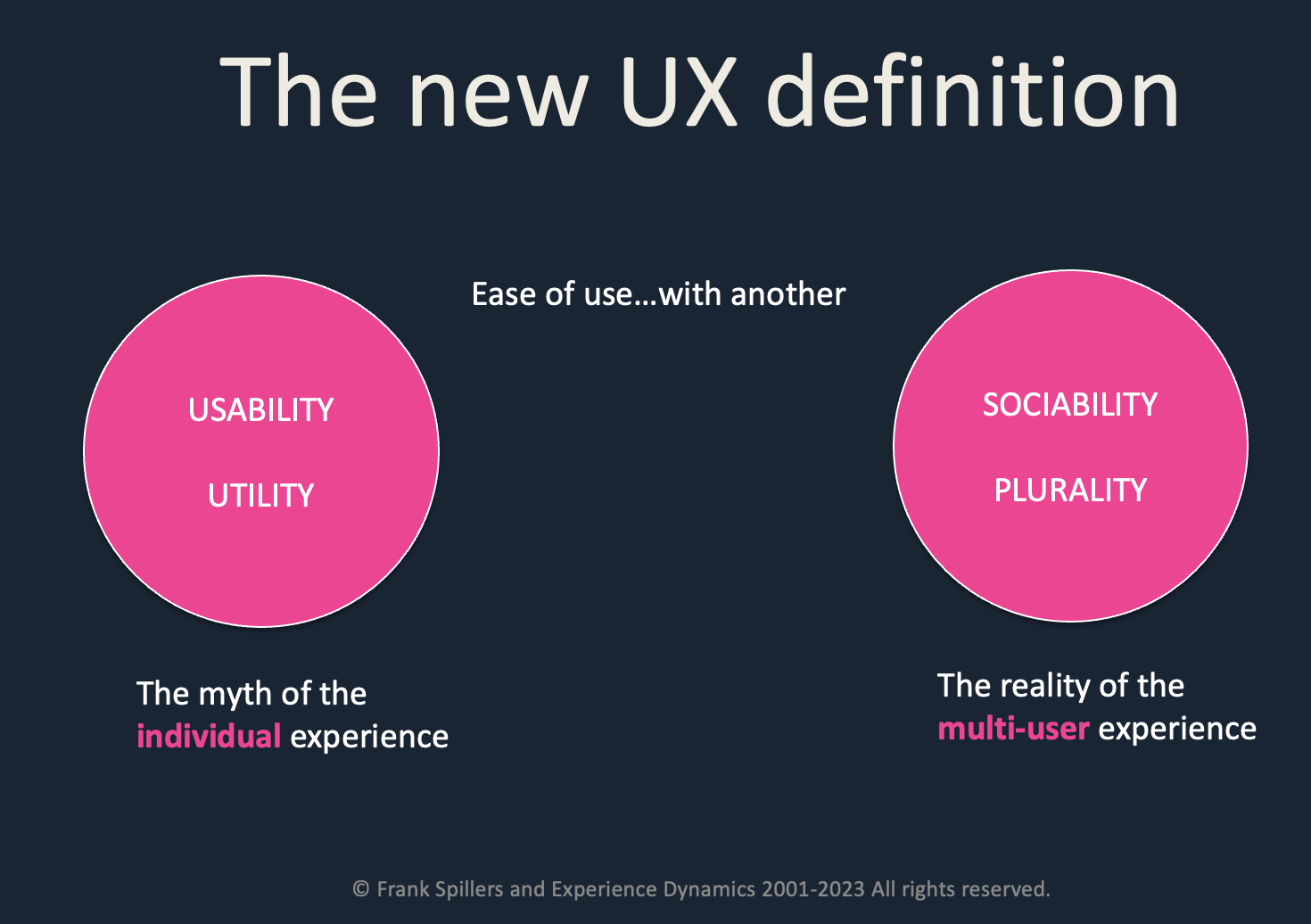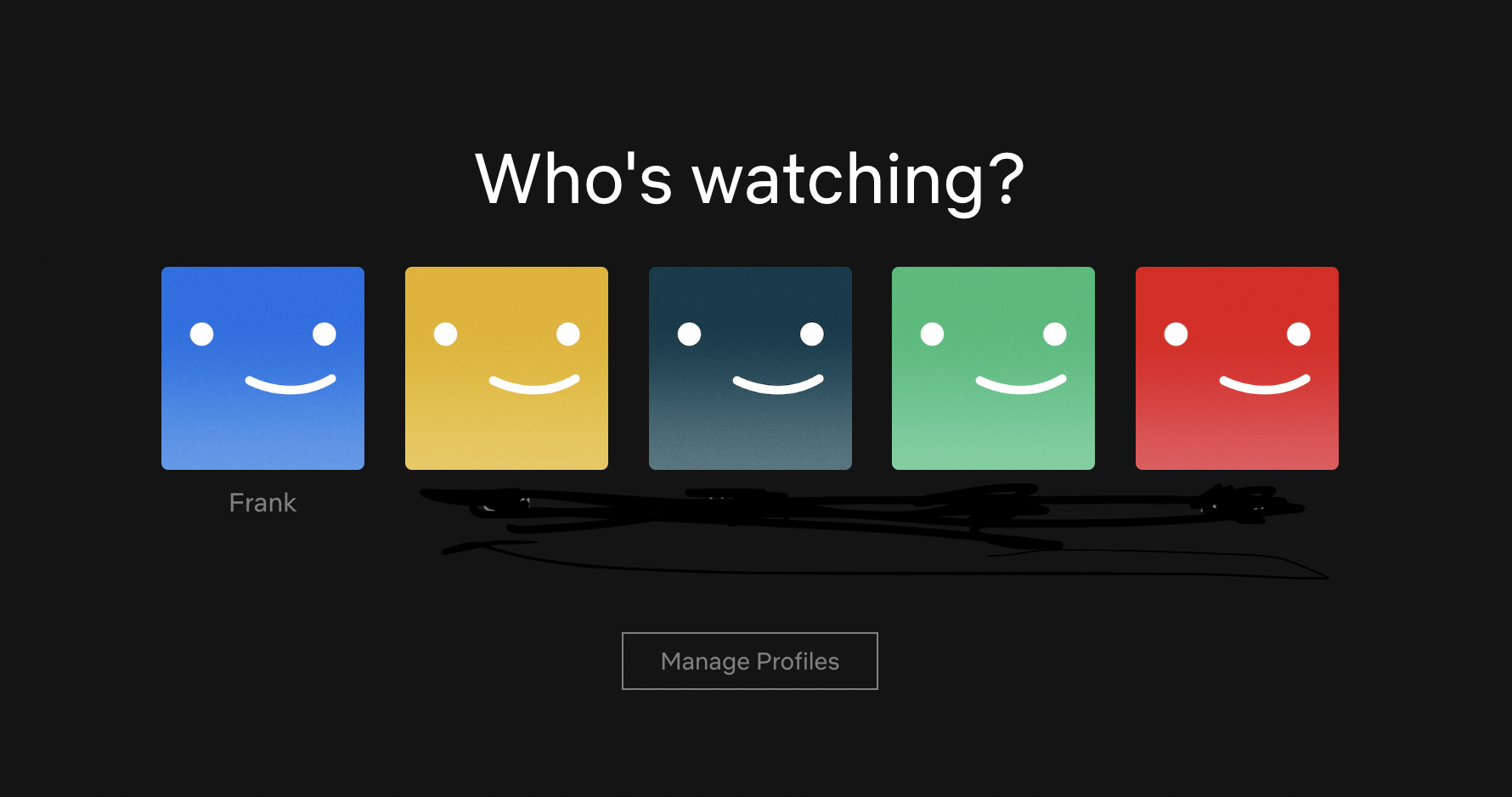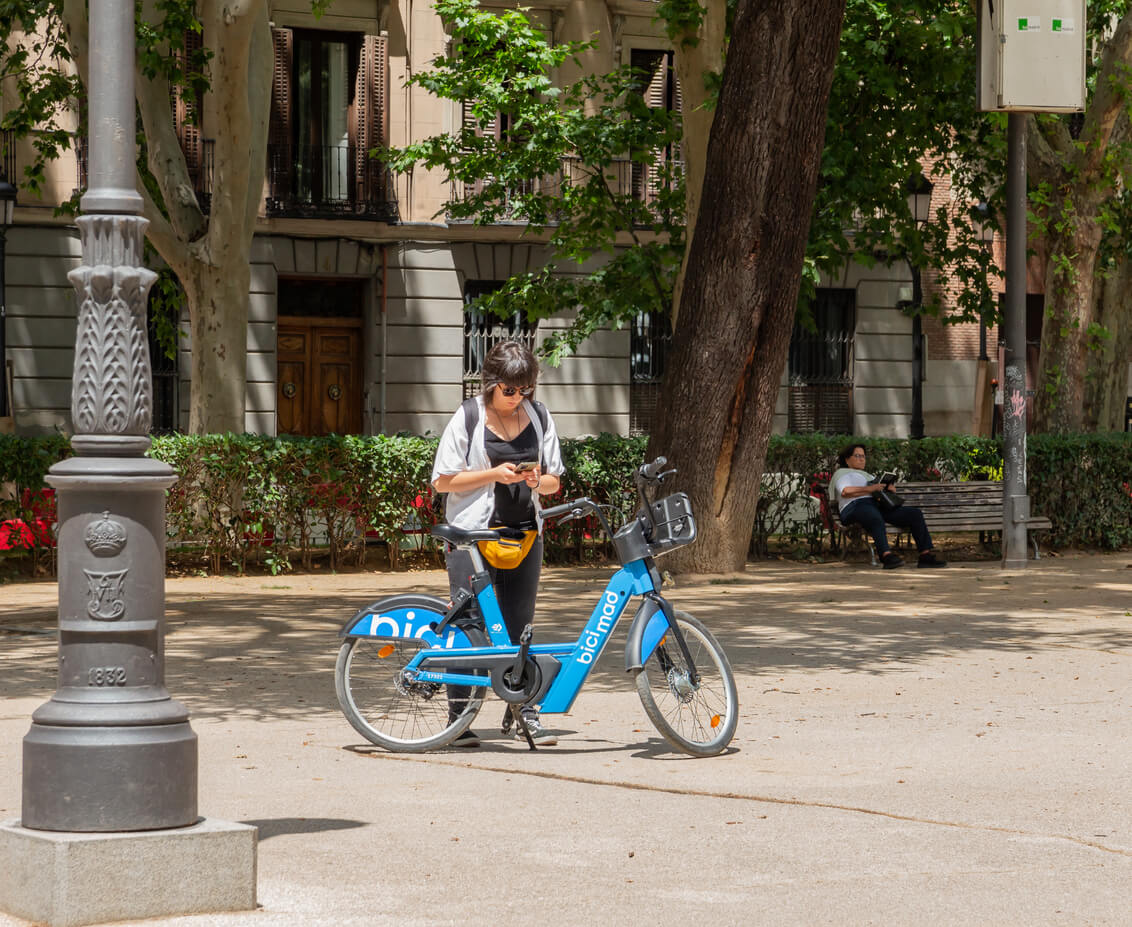Why is UX missing this critical component?
Our definition of UX seems to be behind the times in our rapidly changing world. Thankfully, the grandfather of Human Centered Design, Don Norman, has recently upgraded his definition to include community and the planet in a new book out March 2023 on Humanity-Centered Design (btw, the book title is Design for a Better World: Meaningful, Sustainable, Humanity-Centered). We will wait patiently for his former co-founder of NNGroup, Jakob Nielsen, to come out in support. We’ll come back to that later.
Missing from our UX definition is a phenomenon central to our lives, as COVID illustrated: the fact that we are all socially-wired, by default.
Enter Sociability…(the topic of February’s UXIC Masterclass, Feb 7th).
What is sociability?
Sociability is an aspect of UX that is not formally included in anything we do in our field: Heuristic Evaluations, User Testing, Field Studies etc. It describes the interaction between two users, for example, communication, collaboration, sharing information (directly of via the system eg “others also liked..”), sharing problem-solving (Google Docs set the standard for this one), and today Miro/Mural collaborative whiteboards (taken off as default corporate tool since COVID). Like our Netflix “Who’s watching?” welcome screen (now being tracked to avoid non-Family logins), how can we live without them?
Sociability describes the quality of social interaction between users while using a design or user interface (UI) to achieve a task. It’s helpful to think of sociability as the exchange of information or value between users.
Behaviors of sociability include:
- Sharing or not sharing
- Inviting or removing
- Connecting/ Following/ Liking
- Seeing how others see you/your data (and adjusting your privacy settings)
- Collaborating on a task/ data/ view or goal
- Supporting the exchange of data/ decisions
- And more…
Notice that in Gaming, sociability is essential. We use the language “multi-player”. However, sociability is not just a consumer thing, it also exists in B2B scenarios. It extends to desktop, mobile, VR/AR, and service experiences. Sociability applies to any use case where users (at least two) connect, interact, or transact data and exchange information and value.
So, social interfaces or social interactions are now default in mobile apps and services as well as in desktop software. In the late 2000’s, social media and mobile transformed what used to be an obscure area of Human-Computer Interaction (HCI) in the 1980’s. However, many teams still stumble with UX challenges of sociability. It’s addressed as a feature instead of something you can deliberately and elegantly solve to improve that aspect of your UX. Many teams and UX folks are unaware of its existence as a design problem that can be part of your UX strategy. To be clear, sociability is not a feature, it’s a product or service differentiator.
What does sociability look like as a differentiator?
An example from product:
An IT software service that allows other team members (or outside vendors) to join, with easy-to-assign permissions and access, differentiates by convenience, improves adherence to security, and feels up-to-date (satisfies an established industry expectation or mental model).
An example from service:
A bank offering 1:1 support from a financial advisor provides a private physical space to sit down with coffee and discuss financial issues and options, offering sound-proofing, a place for the kids to play, a non-sales approach, centering the interaction on the person’s goals and dreams (not products the bank sells) gives clarity, trust and empowerment as part of the service.
Okay, so why is this not part of UX by definition?
Sociability should be obvious in UX but is neglected. Sadly most products and services are approached without a sociability lens. But, why? Probably because some influential usability pioneers (like Jakob Nielsen) who influence the industry haven’t updated their ‘brand’ of techniques (Heuristic Evaluations/ User Testing) to reflect the latest in social neuroscience. Since UX emerged 25-30 years ago, so did our understanding of things like empathy.
According to the hard science (functional MRI scans), as documented in the book Social by Matthew Lieberman, a Professor at the Social Cognitive Neuroscience lab (UCLA), these MRI scans show what our ‘default network’, is by nature social. We think about other people when we are waiting to do other things, like taking an MRI scan test. Our brains are by default, socially wired.
“Being socially connected is our brain’s lifelong passion,” said Lieberman, a professor of psychology in the UCLA College of Letters and Science and a professor of psychiatry and biobehavioral science at UCLA’s Semel Institute for Neuroscience and Human Behavior. “It’s been baked into our operating system for tens of millions of years.”
Yet our UX techniques and definitions have left this out.
Why is sociability not in our UX definitions?
Usability ought to include social interactions with other users. For example, user ecosystems quickly reveal that there is no “single user” the way we define it. There’s a co-decision-maker or influencer of that user, often (but not always), lurking in the background of that user’s experience.
Certain HCI academics like Gillian Crampton Smith insisted that sociability should be part of the definition:
“To designing for usability, utility, satisfaction, and communicative qualities, we should add a fifth imperative: designing for sociability. When IT systems fail to support the social aspect of work and leisure, when they dehumanize and de-civilize our relationship with each other, they impoverish the rich social web in which we live and operate, essential for both well-being and efficiency.” – [Foreword: what is interaction design? In Moggridge, B., Designing Interactions. Boston, MA: MIT Press (2007)]
So “usability” and the “old” 90’s definition of how we approach UX challenges seems to be stuck, like a broken record. Perhaps due to the legacy idea of Utility or Utilitarianism (Jeremy Bentham proposed in 1769, yea that’s not a typo).
Since social neuroscience has revolutionized our understanding of our brain (Lieberman’s book above cites 1,000 studies), isn’t it time we updated that definition to keep up?

Check out this upcoming Masterclass on Sociability for more…








